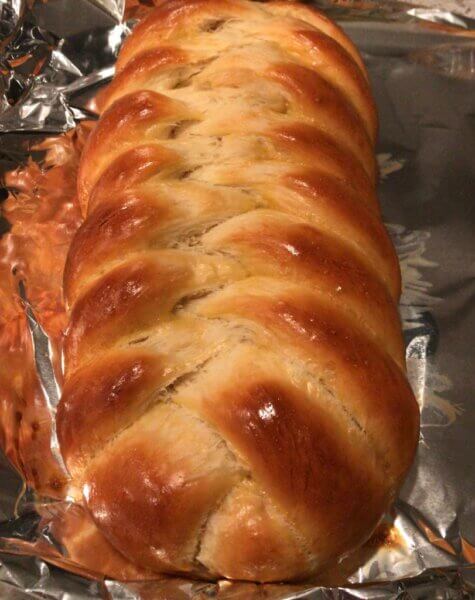“וינחהו בגן־עדן לעבדה ולשמרה
…and G-d placed him in the garden of Eden, to till it and tend it.”
— Genesis 2:15
It is the start of summer – for many a garden is something that happens very easily and naturally, for others it is a daunting idea or one that just won’t work in the space that they have. Maybe some of us just need a little inspiration…
While there are many options available to people for planting – containers, buckets, backyards, community gardens, etc., there is an idea for a very unique kind of garden that I would like to share. Have you ever heard of a Jewish garden?
Throughout the Torah we are encouraged to love G-d and to honor G-d. One way that we could attempt to do this is to acknowledge the beauty in creation and the bounty that this Earth has to offer us. Having a garden that we can tend to and reap the benefits from, whether visually or nutritionally, is one way that we can appreciate and honor the miracles of G-d.
A Jewish garden can be a collection of plants that hold meaning to the Jewish people and the Torah. It can become a sanctuary for peaceful contemplation, prayer or meditation. Whether it is on your patio or balcony, in your backyard or front, you can create a space that offers a place to sit, reflect and enjoy the beauty around you.
One idea to guide you in your planting is to choose plants that have meaning rooted in the Torah or traditions of the Jewish people. For instance, you could begin with as many of the Seven Species as you can, and round it out with plants that symbolize biblical events. You can reference the Seven Species listed in parashas Devarim 8:8: “For the L‑rd your G‑d is bringing you to a good land, a land with brooks of water . . . a land of wheat and barley, [grape] vines and figs and pomegranates, a land of oil-producing olives and honey [from dates] . . .”
Finally, adding symbolic plants around you can be another way to make a meaningful Jewish Garden. For example, the flame-colored leaves of a heuchera plant can represent the burning bush or the significance of fire, where we see in parashas Yitro, that the Torah was given at Mt. Sinai amidst fire. Adding a water element can also represent many Jewish stories and references within the Torah as well.
Get creative with your garden and let the Torah and traditions of your ancestors guide you. Freedom of spirit and inspiration is one aspect of this exercise that makes it so fun. Don’t feel like you have to do only fruit or only flowers – add vegetables and do a mix of everything you love, or keep the focus simple and do only one kind of crop (fruit only, flowers and trees, or veggies only). If you don’t have a patio or yard, try container gardening in a windowsill, and place a comfortable chair and small water feature nearby, to give you a place where you can meditate or relax.
We would love to share pictures of everyone’s gardens. Email Adina at [email protected] and she will share your tips, pictures and stories on the blog. Here’s hoping for a beautiful summer, filled with much awe and love for all things green and from this Earth.


